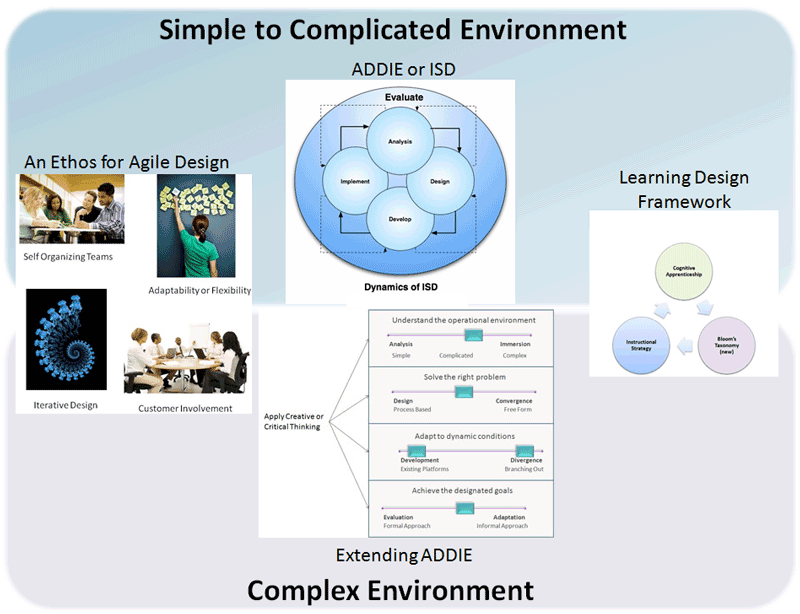Note: This site is moving to KnowledgeJump.com. Please reset your bookmark.
Andragogy
When adult learning became systematized early in this century, pedagogy (derived from the Greek words paid meaning “child” and agogus meaning “leader of”) was the only known means to train. When our public schools were first established, they were based on this pedagogical model. When adult education was later established, this was the only known model, so adult education was also based on it, which meant the learners were pretty much in the roles of passive, dependent recipients of the instructors' transmissions. This lead to high drop out rates, low motivation, and poor performance.
Two books written in the 1920s began to change adult learning—Edward Thorndike's Adult Learning (1928) and Eduard C. Lindeman's The Meaning of Adult Education (1926). With one paragraph, Lindeman's book captures the essence of learning:
In this process the teacher finds a new function. He is no longer the oracle who speaks from the platform of authority, but rather the guide, the pointer-out who also participates in learning in proportion to the vitality and relevance of his facts and experiences. In short, my conception of adult education is this: a cooperative venture in nonauthoritarian, informal learning, the chief purpose of which is to discover the meaning of experience; a quest of the mind which digs down to the roots of the preconceptions which formulate our conduct; a technique of learning for adults that makes education coterminous with life and hence elevates living itself to the level of adventurous experiment. - quoted in Nadler, 1984, p.6.4
In the 1950s, European educators started using the term “andragogy,” from the Greek word anere for adult, and agogus, the art and science of helping students to learn. They wanted to be able to discuss the growing body of knowledge about adult learners in parallel with pedagogy.
In pedagogy, development was based upon a content plan:
- What content needs to be covered?
- How can this content be organized into manageable units or modules?
- How can this content be transmitted in a logical sequence?
- What would be the most effective method for transmitting this content (media)?
In andragogy, development is based upon a process design:
- Design and manage a process for facilitating the acquisition of content by the learners.
- Serve as a content resource and provide leads for other content resources (e.g. peers, supervisors, specialists).
Knowles, who popularized the concept of andragogy, intended for it to be different from pedagogy, because pedagogy at the time was extremely passive-based. Adult learning theories, such as andragogy, are criticized because as we now know, they also apply to younger learners; however the people behind the theories at the time were trainers of adults rather than educators in the school system, thus they applied their theories to the section of the population that they best knew about. Because of their work, they pioneered the way for the world of pedagogy to also advance itself from being passive-based to experience-based.
After being presented with evidence that adults do not always learn best with andragogy and children do not always learn best with pedagogy, and that its often vice versa, Knowles wrote a new book titled, In The Modern Practice of Adult Education; From Andragogy to Pedagogy (1980), in which he concedes that four of andragogy's five key assumptions apply equally to adults and children. The sole difference is that children have fewer experiences and pre-established beliefs than adults and thus have less to relate to.
Thus he explained that andragogy should now be thought of as learner-focused and pedagogy should be thought of as teacher-directed, and the two concepts were on a continuum that both adults and children share.



